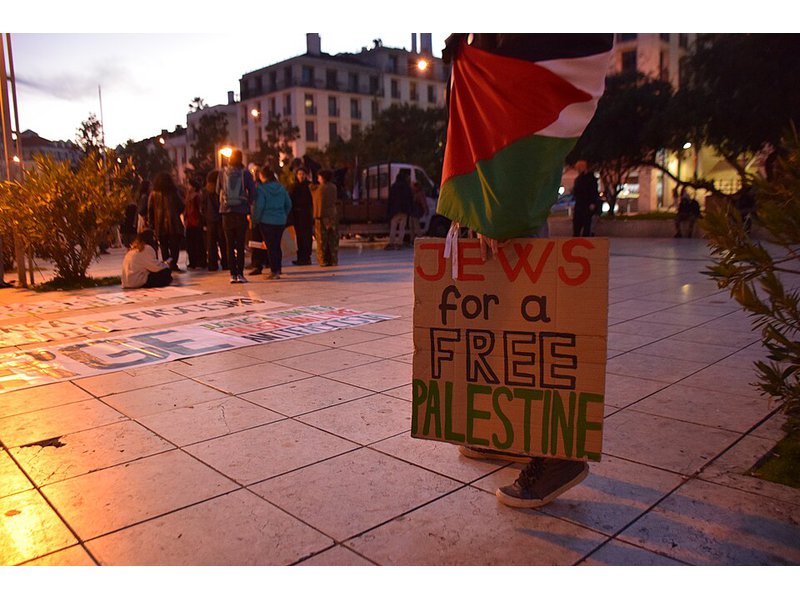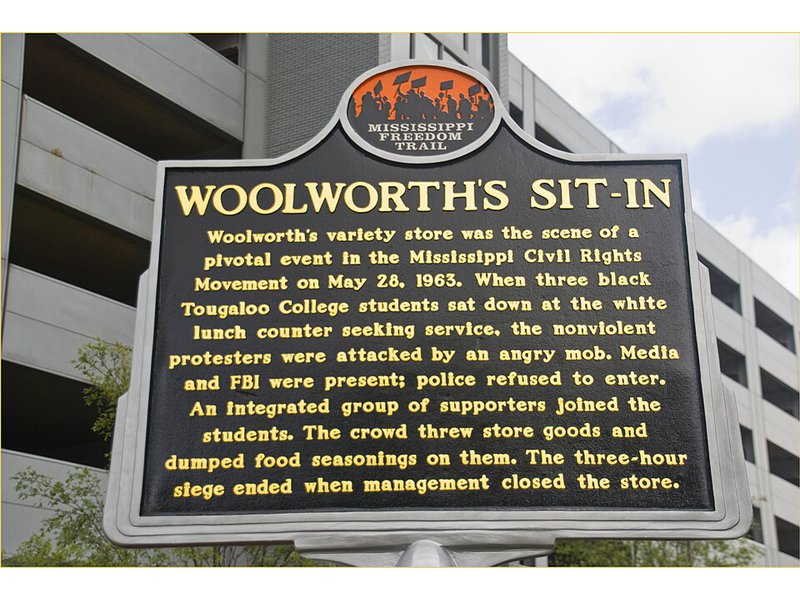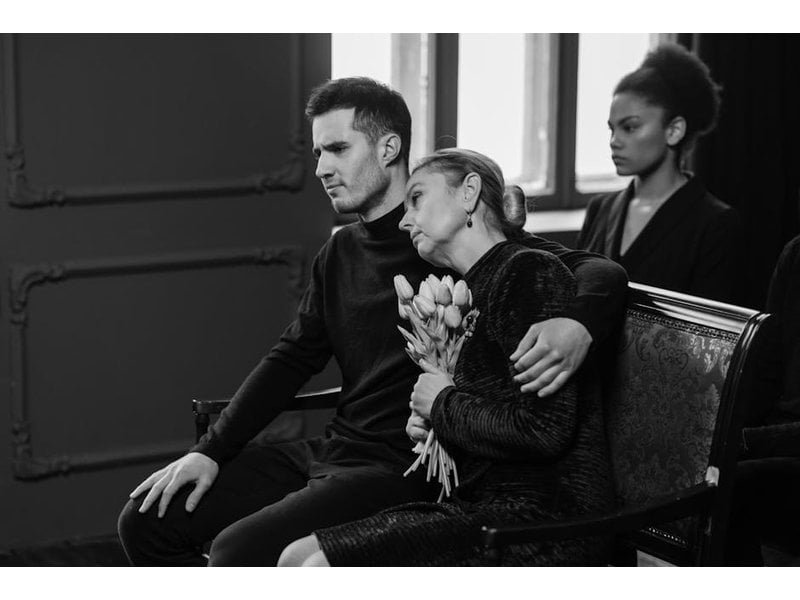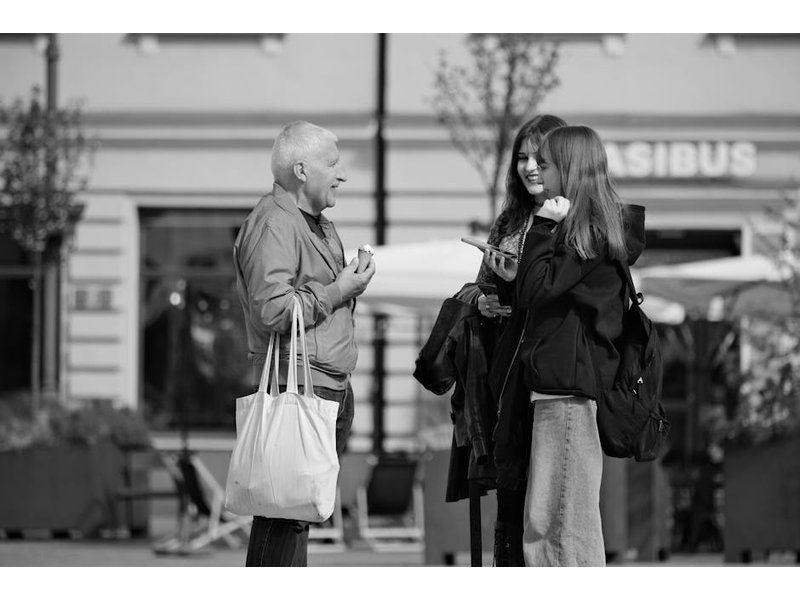027 new signs and names

"Erecting signs where there have been none or replacing old street names with new ones of symbolic significance are among the forms which this method may take. (Complete removal of all street, highway, town, and railroad station signs, or their replacement with erroneous ones, is not simply symbolic but an act of noncooperation, and hence is classified under political noncooperation.) In occupied Poland in 1942, for example, “The Little Wolves” group of youthful resisters stole many of the “FOR GERMANS ONLY” signs which were displayed at the best cafés, cinemas, and hotels in Warsaw, and also prepared many copies. One morning the signs appeared on hundreds of the city’s lamp posts and trees— where the Germans had frequently hung Polish patriots.142 On orders of a branch of the underground government, the Poles renamed most of the country’s streets. “Overnight, on the walls, on street corners and lamp posts, inscriptions and placards appeared bearing new names, the heroes or statesmen of this war whom the Poles admired: Niedzialkowski Avenue, Rataj Drive, Roosevelt Street, Churchill Boulevard.” Patriots all used the new names, and the name someone used was a clue to his political opinion (unless he were an agent working with the Germans).143"...
Potentially awesome partners

High scoring campaigns using this method
Historical cases from the Nonviolent Action Database that used this method
Billboard Utilising Graffitists Against Unhealthy Promotions (BUGA UP) campaigns against tobacco advertising, Australia, 1978-1994
In the 70s and 80s in Australia, tobacco companies had free reign to advertise in nearly all media, and tobacco advertising was a visual mainstay throughout public spaces. In addition, the prevailing mainstream view considered smoking to be an issue ...
Turkish People prevent shopping mall from replacing Istanbul's Gezi Park, 2013
Recep Tayyip Erdogan was first inaugurated as prime minister of Turkey in 2003 and enjoyed wide popular support, contributing to successive elections as prime minister. Erdogan gathered 47% of the vote in 2007, and he came into office in 2011 with 49...
Greenpeace and others pressure international buyers, protect Great Bear Rainforest, Canada, 1994-2001
The North and Central Coast, or Great Bear Rainforest as it would later be known, is an area of 6.4 million hectares that extends from the BC-Yukon border all the way down the BC coastline and ending before Bute Inlet. It is the largest temperate rai...
Indian citizens protest gang rape, gain increased punishment for sexual assault crimes, 2012-2013
On 16 December 2012, six men raped and nearly beat a 23-year-old woman to death in New Delhi, the capital of the Republic of India. The woman had boarded a local bus with a male companion that night. Once the couple was on the bus, the six men began ...
Rutgers University students win divestment from apartheid South Africa, 1985
South Africa’s system of apartheid became law following the elections in 1948. Similar to the Jim Crow laws in the United States, the system of apartheid was a form of legalized racial segregation. Consequently, South African apartheid became a very ...
Ugandans save the Mabira Forest from sugarcane plantation, 2007
Uganda in East Africa has a large rainforest area, the Mabira Forest, that has been protected since 1932. In 2007 Ugandan President Yoweli Kaguta Museveni announced a plan to hand over one-third of the Mabira rainforest to the Sugar Corporation of Ug...
University of California Berkeley students win divestment against apartheid South Africa, 1985
In the spring of 1985, campaigns against apartheid in South Africa mobilized on campuses across the United States. Students at University of California Berkeley became aware of these campaigns and were moved to act. On April 10, two student groups—th...
Haitian citizens struggle with removal of incinerator trash (1988-2000)
In 1988, after being rejected by many landfill sites and governments across the United States and Caribbean, a ship carrying thousands of tons of incinerator ash from Philadelphia dumped half of its contents on a beach in Haiti. This sparked a twelve...
Australians block cricket and impede rugby tour of apartheid South Africa, 1971
To South Africans and Australians alike, rugby is not just a sport, but a cultural symbol. In the 1960s and early 1970s, it was also a unifying force between apartheid South Africa and its “white neighbor by the sea”—Australia. At the time, Australia...
Environmentalists and Reverend Billy defend Canadian Boreal Forest against Victoria's Secret, 2004-2006
In March of 2004, six of the largest catalogers in North America were put on notice for their consumption of endangered forests. Since then, ForestEthics, a nonprofit environmental group committed to protecting North America's forests, has been in de...
Low scoring campaigns using this method
Historical cases from the Nonviolent Action Database that used this method
Sahrawis campaign for independence in the second intifada, Western Sahara, 2005-2008
The Kingdom of Morocco invaded Western Sahara in 1975. Morocco has retained control of the majority of the territory, with the nationalist Sahrawi (the ethnic group of the Sahara, mostly those from Western Sahara) Polisario Front, controlling only 20...




